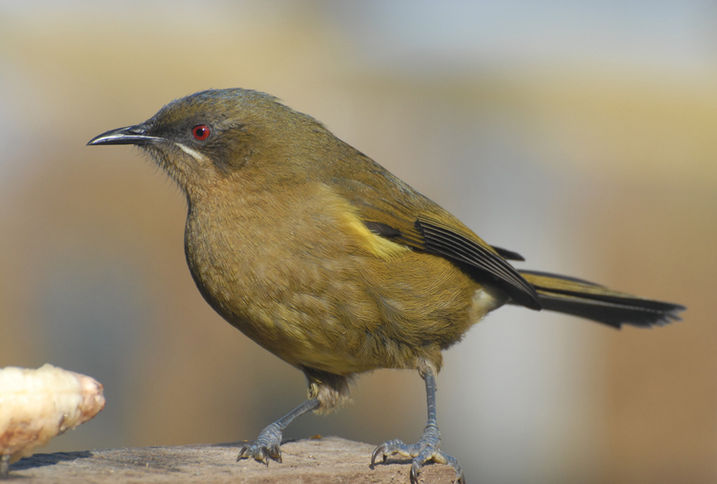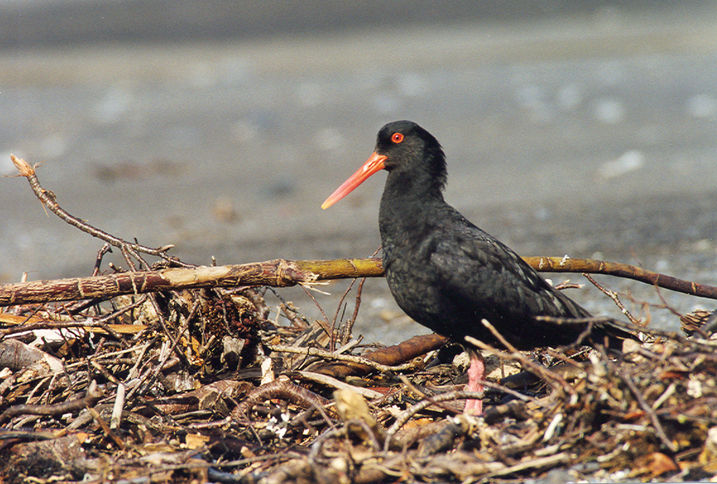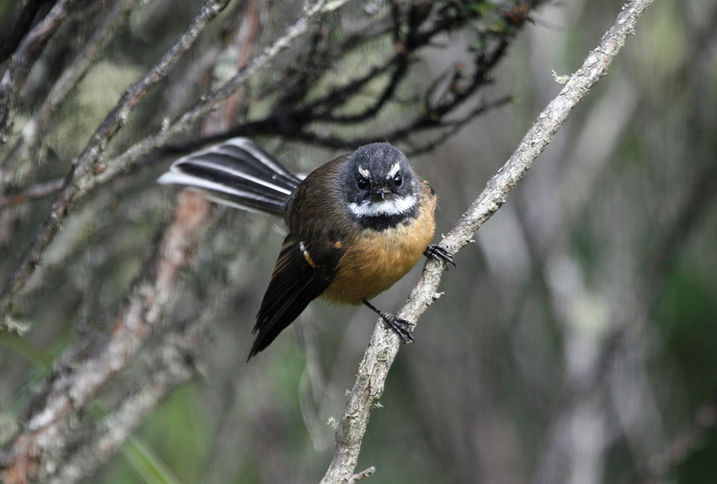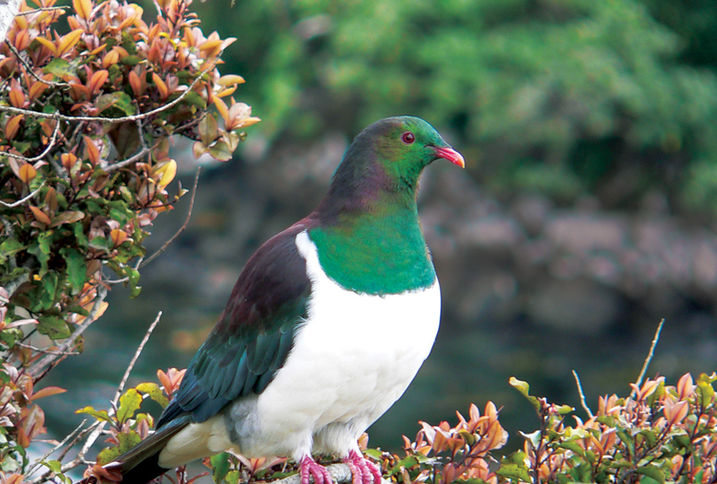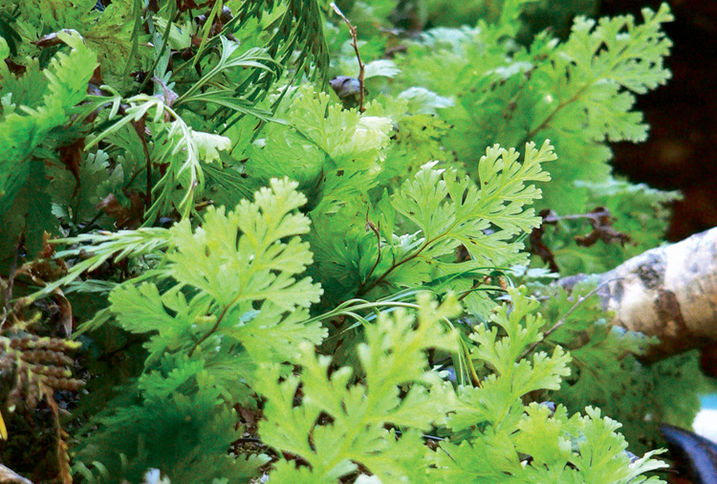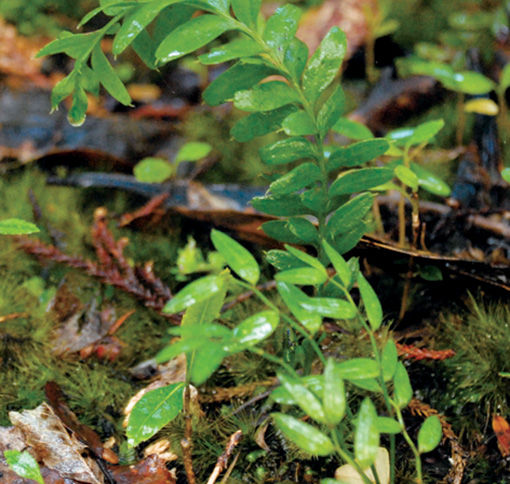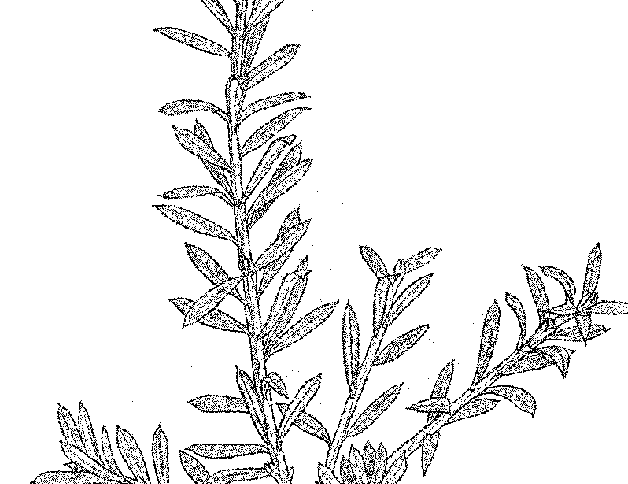what will I see at Ulva Island?
rare and endemic birds
ferns
skyscrapers of the forest
dinosaur plant
Ulva Island Marine Reserve
nature walk
Sydney Cove or Tiniko
history story walk
West End Beach
conservation walk
orchids
Boulder Beach
Flagstaff Point
New Zealand is unusual in that there are no native mammals that are predators to birds. In their absence, native birds took over the niche of 'top predator' while others grew very large, even losing the need and ability to fly.
Ulva Island gives us some idea of how New Zealand used to be. It was the first part of Stewart Island/Rakiura to be protected. In 1899 it was reserved under the Land Act 1892 for the preservation of 'native game and flora'. It has never been logged, there have never been browsing possums, nor bird-eating stoats or ferrets.
Thousands of rats once lived on Ulva Island. Rats are not native to New Zealand and eat just about anything, including birds' eggs, chicks, fruit, seeds and seedlings.
Rats were eradicated from Ulva Island in 1997
Ulva Island is now free of introduced predators and one of New Zealand's few open island sanctuaries.
How you can help to keep Ulva Island free of introduced pests and predators
Ulva Island's oldest trees are rātā, arguably the most characterful (and colourful!) around Christmas time.
The tallest trees at Ulva Island are podocarps - Miro, Rimu and Tōtara. These ancient, primitive trees carry their seeds in a cone and each do a different job for the forest.
Stewart Island's orchids are a rare treat, yet on Ulva Island they thrive.
Most of Ulva Island's plant species are 100 million years old!

Rats can swim up to 700 metres and can arrive from the cleanest of boats moored offshore. They can also stowaway in luggage.
Visitors should check their bags for rodent hitchhikers before stepping on to Ulva Island.
Ulva Island is protected by a carefully designed set of bait stations and rat traps like the one shown (left). Pink triangles mark the traps for conservation staff & volunteers. Please do not touch the traps.
Specially trained dogs have now joined the team and use their sensitive noses to sniff out any recent sign of rats.
Stewart Island-based rodent detector dog, Gadget (right) is supported by the Ulva Island Charitable Trust. See what Detector Gadget is up to at Paws4Conservation
Photos: Matt Jones






